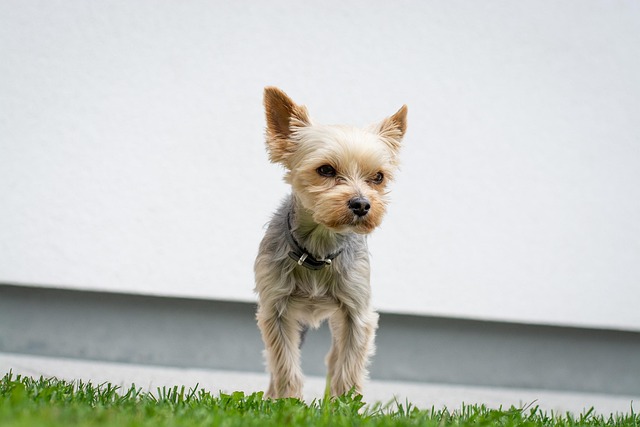
How do i train my dog to be obedient?
Watching your dog dart across the park ignoring your calls isn’t just frustrating—it can put them at risk near busy streets or public spaces.
A service dog trained for social anxiety isn’t just a pet—it’s a trusted ally that can ease stress in everyday moments others take for granted. Getting this partnership right takes careful planning, from choosing the right dog to following local rules, but the payoff of having a calm, supportive companion makes it worth the effort.
Training a service dog for social anxiety starts with picking the right pup—look for calm temperaments that stay steady in busy spots like downtown coffee shops or subway cars. Avoid dogs that shy away from loud noises or crowd, since they need to stay focused when their handler feels overwhelmed. Check your local laws too—many places require service dogs to be registered, and some have specific training standards you’ll need to meet to ensure compliance.
Start with basic obedience first: sit, stay, and come are non-negotiable, but you’ll also need to teach them to “alert” when anxiety hits. For example, some dogs learn to nudge their handler’s hand or lie down at their feet to signal they need support. Practice in low-stress environments first, like your backyard or a quiet park, before moving to busier areas like grocery stores or malls—this builds their confidence slowly without overwhelming them.
 Always tie training to real-life scenarios your handler will face. If crowds trigger anxiety, practice walking through a busy farmers’ market while rewarding your dog for staying close and calm. If loud noises are a problem, gradually introduce sounds like sirens or chatter using a phone app, pairing each with treats to create positive associations. Remember, consistency is key—short, daily sessions (10-15 minutes) work better than long, tiring ones, and they help reinforce good behavior over time.
Always tie training to real-life scenarios your handler will face. If crowds trigger anxiety, practice walking through a busy farmers’ market while rewarding your dog for staying close and calm. If loud noises are a problem, gradually introduce sounds like sirens or chatter using a phone app, pairing each with treats to create positive associations. Remember, consistency is key—short, daily sessions (10-15 minutes) work better than long, tiring ones, and they help reinforce good behavior over time.
Don’t skip the legal steps, either. In many regions, service dogs have access rights to places like restaurants and offices, but you’ll need to prove they’re trained to perform specific tasks related to social anxiety—not just provide comfort. Keep records of your training sessions and any certifications you earn, as some businesses may ask to see them. Also, be mindful of cultural norms—some people may not understand service dog roles, so a polite explanation (and having your paperwork handy) can help avoid misunderstandings.
By the end, your service dog should be a reliable partner who stays calm under pressure and knows exactly how to support their handler. Celebrate small wins along the way—like a successful trip to a busy store or a quick alert when anxiety starts—and don’t get discouraged if progress is slow. With patience, consistent training, and attention to legal requirements, you’ll create a strong bond that helps manage social anxiety in a meaningful way.

Watching your dog dart across the park ignoring your calls isn’t just frustrating—it can put them at risk near busy streets or public spaces.

New puppy owners often find themselves rushing to clean up accidents before they set in, and that’s where puppy pad training becomes a game-changer.

If you've noticed your dog's waistline disappearing and your veterinarian has mentioned those few extra pounds, your first instinct might be to simply reduce the amount of food in their bowl.

Training a dog to use a designated spot indoors isn’t as daunting as many new owners fear, but it does take consistency and an understanding of your pet’s needs.

That moment of dread on a walk is all too familiar for many new dog owners. You see another dog approaching down the sidewalk of your neighborhood

If the sight of another dog on your neighborhood walk makes your heart sink as your own dog erupts into a frenzy of barking and lunging, you're not alone.